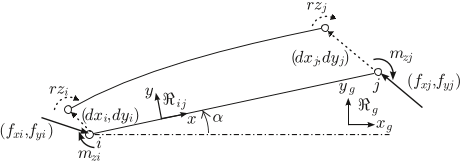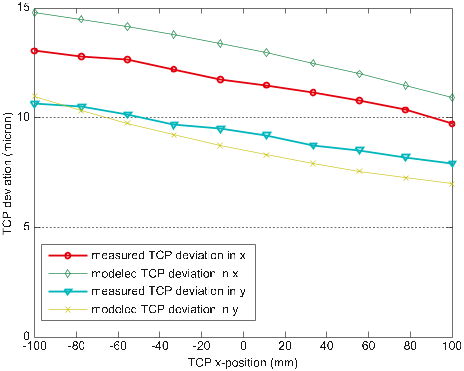Abstract: It has been shown that redundant actuation provides an effective means for eliminating singularities of a parallel manipulator, thereby improving its performance such as Cartesian stiffness and homogeneous output forces. Based on this concept, several high-performance parallel manipulator prototypes have been designed. A major difficulty that prevents application of the vast control literature developed for the serial counterparts to redundantly actuated parallel manipulators is the lack of an efficient dynamical model for real-time control. In this paper, using the Lagrange-D'Alembert formulation, we propose a simple scheme for computing the inverse dynamics of a redundantly actuated parallel manipulator. Based on this approach, four basic control algorithms, a joint-space proportional derivative (PD) control, a PD control in generalized coordinates, an augmented PD control, and a computed-torque control, are formulated. A two-degrees-of-freedom redundantly acutated parallel manipulator designed for a high-speed assembly task is used to verify the simplicity of the proposed approach and to evaulate the performance of the four control algorithms.



















